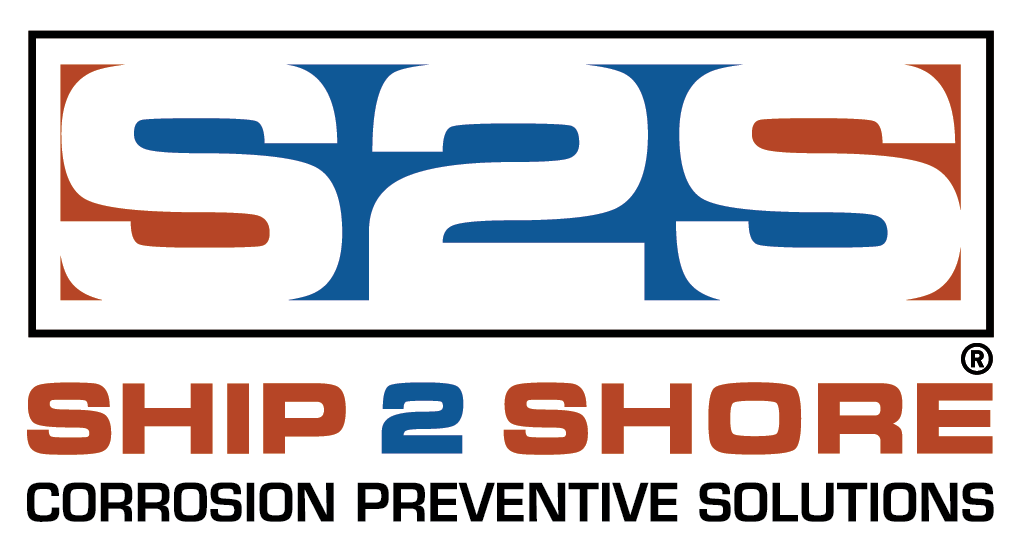Frequently Asked Questions
Float coat is a method used to apply S2S rust inhibitor to difficult or unsafe to access voids, tanks and rudders. S2S rust inhibitor polar bonds to metal, like a magnet to steel. It can be “floated” into areas that are difficult to access and will provide 100% coverage and protection of all metal surfaces.
A rust cell is similar to a battery; there is an anode, cathode and a path for current. A transfer of electrons takes place causing reduction in the metal thickness. S2S products eliminate the path for electrons (water for instance) scavenging oxygen from the surface leaving an ultra-thin, fluid, dielectric coating that acts as a liquid insulator preventing the transfer of electrons and thereby shutting down the rust cell.
S2S is not formulated to remove rust, however it does creep under existing rust to act as a de-scaler. When applied, S2S will stop oxidation 100%. It will penetrate rust and corrosion scale to the base metal, loosening and easing removal.
No, but S2S is resistant to condensation and dampness and will prevent rust and corrosion from occurring.
Little preparation is required. S2S can be applied to damp, rusted, bare and epoxy coated surfaces. S2S polar bonds to metal, creeps into cracks and penetrates existing scale. Because of S2S’s ability to de-scale, over time heavily rusted areas may require a second coat to re-coat and protect affected areas.
Yes. S2S has a high dielectric strength that shuts down electrolysis and prevents bimetallic corrosion.
Yes. S2S is non-flammable, non-hazardous and non-toxic to fish in low concentration. The discharge water meets the strict water discharge standards set by the California Environmental Protection Agency.
Float coating S2S is a fraction the cost of traditional methods. Application of S2S does not require sandblasting or entering into confined spaces thereby significantly reducing down-time.
The float coat procedure will yield 100% coverage of all contacted surfaces in one operation.
For small tanks and rudders, the fill and drain procedure may be used, eliminating the need to add water.
-
 MEASURE & POUR S2S PRODUCT
MEASURE & POUR S2S PRODUCT
Calculate product requirements. Each gallon will coat 200 sq ft. Add 20% to final calculation. A pail coats 1000 sq ft, a drum coats 10,000 sq ft. -
 GENTLY & SLOWLY ADD WATER
GENTLY & SLOWLY ADD WATER
Place pump hose at floor of tank and slowly fill with water. Note: Product is lighter than water and will float on top and polar bond to the metal as it rises. -
 FILL VOID AREA TO TOP OF SPACE
FILL VOID AREA TO TOP OF SPACE
When the water and Product reaches the top, turn off the pump and allow to settle, ideally for 24 hours. This will allow the Product to clearly separate from the water. -

GENTLY & SLOWLY PUMP WATER OUT
Slowly pump the water out from the bottom. Use a screen to filter out rust flakes. The last portion of discharge should be captured and disposed of according to local, municipal and federal regulations.
